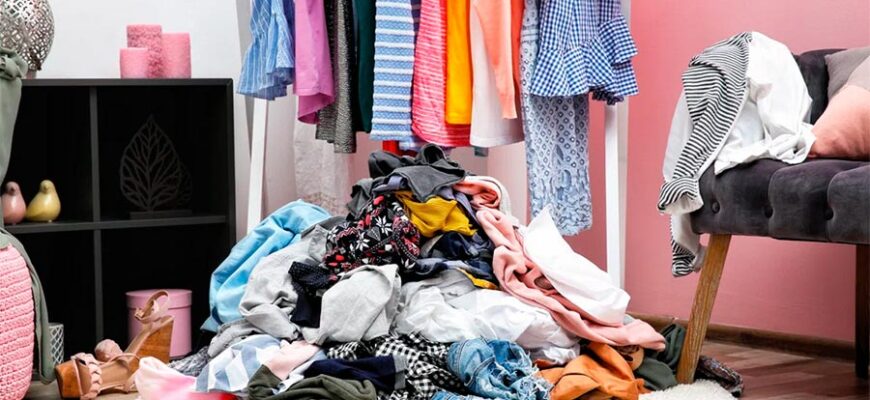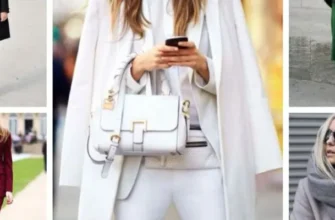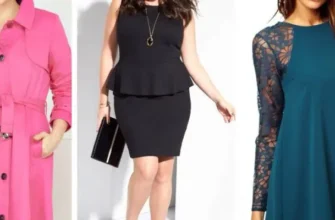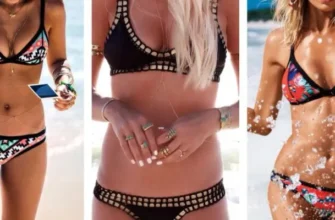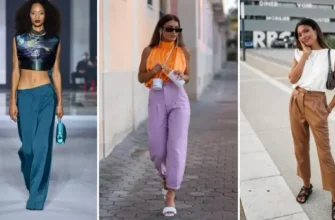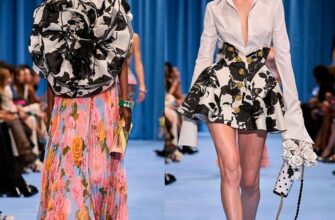Five simple steps you can take today to make your wardrobe eco-friendly, no matter where you live or what resources you have.
The topic of ecology of consumption in the fashion industry is relevant. Since the 80s, a colossal amount of clothing has been produced that had never been produced before. We've never bought so many things. Globalization came with marketing and fast fashion, which produce billions of pieces of clothing a year and came up with tools to make us buy more and more clothes.
Activists and environmentalists are sounding the alarm because so many things have been produced that there will be enough for each of us for the rest of our lives and for future generations. Production methods and synthetic fabrics cause environmental damage to living people and nature in general. You don’t have to go far, I work in an online store, our office is located in the same room as a clothing warehouse. We gasp when a new batch of PVC shoes arrives.
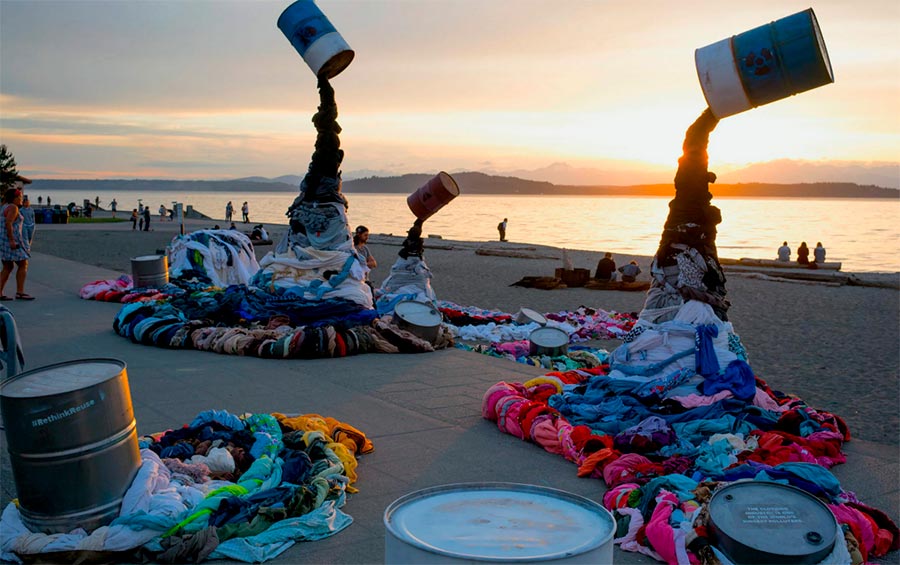
The challenge of transitioning to an eco-friendly wardrobe looks complicated. You go to the wardrobe, you see things there with labels, fast fashion, the clothes do not work properly, and on the Internet in documentaries everyone tells you how evil you are, harming glaciers, whales and nature. This approach only increases the feeling of guilt and makes the wardrobe problem global, so that it becomes scary to approach it. This is the wrong approach that does not motivate anyone.
The more global the changes, the more a person will prepare for them, so it’s easier to tune in to small steps that are accessible to everyone. One step is better than nothing; it already helps the environment and the planet. Don't demand everything from yourself at once, just small steps that you can take today. It is impossible to eat an entire elephant at once. This is a principle that works perfectly in psychology.
Find your style
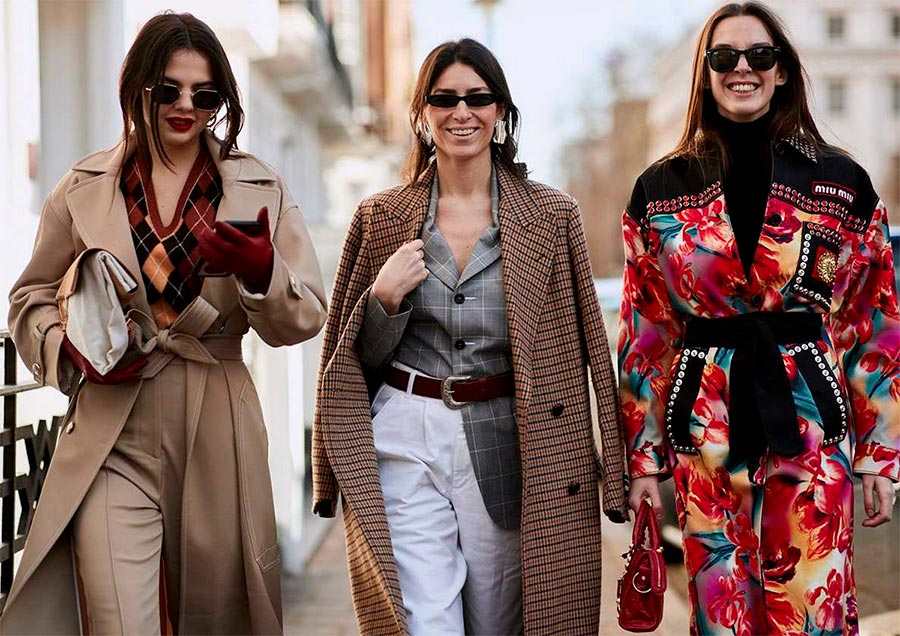
Finding your own style really helps make your wardrobe greener. When we know our style, what clothes we like, where we need clothes, what we will combine them with, then we choose the best and necessary things in the store. There are a lot of beautiful clothes, but our wardrobe should include clothes that are ideal for us.
Explore your taste, your sense of comfort, your clothing needs and life situations. This will help optimize the time, money you invest in your wardrobe, and will also allow you to use more of what you already have in your wardrobe, buy and consume less. And this is the key to a conscious wardrobe.
What does it mean to examine your life situations? Think about how much time in your life you work, is there a dress code at work, do you go on dates, do you often vacation outside the city. Based on the analysis, it will become clear to you why there are many things with labels in your wardrobe. For example, a girl spends almost all her available time in the office, but constantly buys dresses for dates that she has no time to go on.
Work with what you already have in your wardrobe
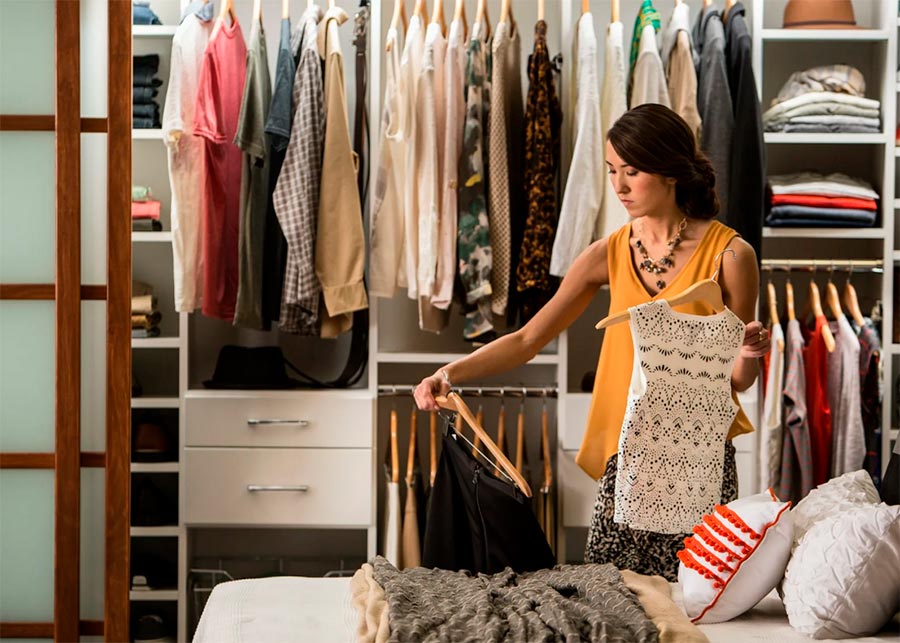
This is the second step, which is available to everyone. Already now you can go and put together several new sets from those things that are already in your wardrobe. You probably have a sweater, trousers or long sleeve that you wear in one or two sets. Spend time in your closet and try combining things in different ways.
Focus on one thing a week, get inspired by street style looks from Pinterest. As a last resort, invite a stylist to analyze your wardrobe. You will no longer have the problem of “nothing to wear, nowhere to hang it” and the need to constantly buy clothes.
For example, a white shirt can be worn not only with trousers and jeans. Combine a white shirt with a linen-style dress, or in the summer with denim shorts. Wear the voluminous one like a dress, and wear the fitted one with skirts, tucking it inside.
Avoid fast fashion as much as possible
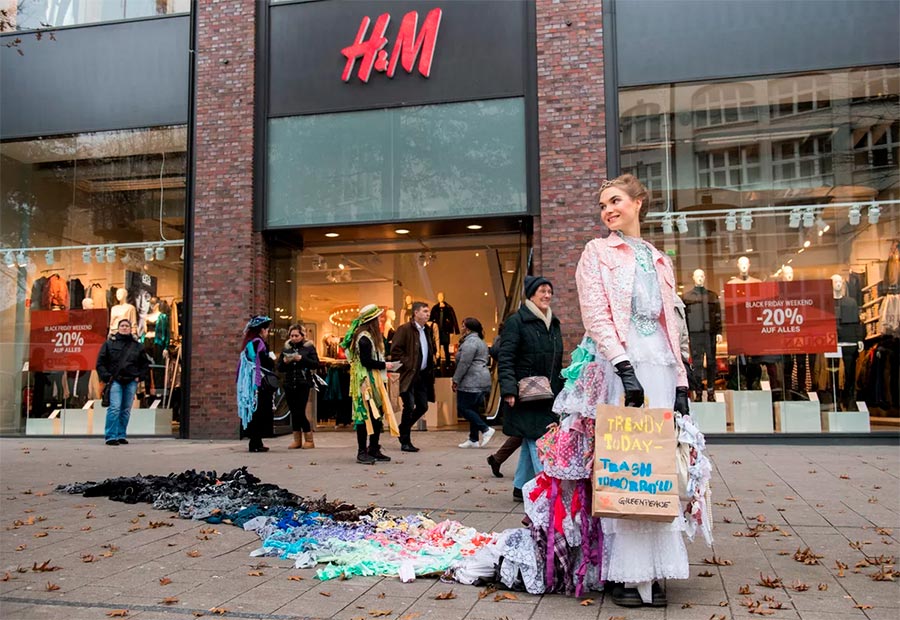
Zara, Mango, H&M always come to the rescue when you quickly need to buy a trendy or basic item. This seems convenient, but from a global perspective this approach does not work. Companies are not interested in environmental friendliness, they care about their own income. They motivate to buy more, while constantly trying to reduce the cost of their production, using low-quality fabrics and cheap labor.
Brands pay little attention to the quality of fabric and tailoring. Things quickly become deformed and deteriorate. It is impossible to completely abandon fast fashion, try to do it gradually. For example, if you like jeans from a mass-market brand, they fit you well, you like them and work in many wardrobe sets, then buy them. But, if you regularly purchase ephemera items, you have something to think about.
Explore local brands
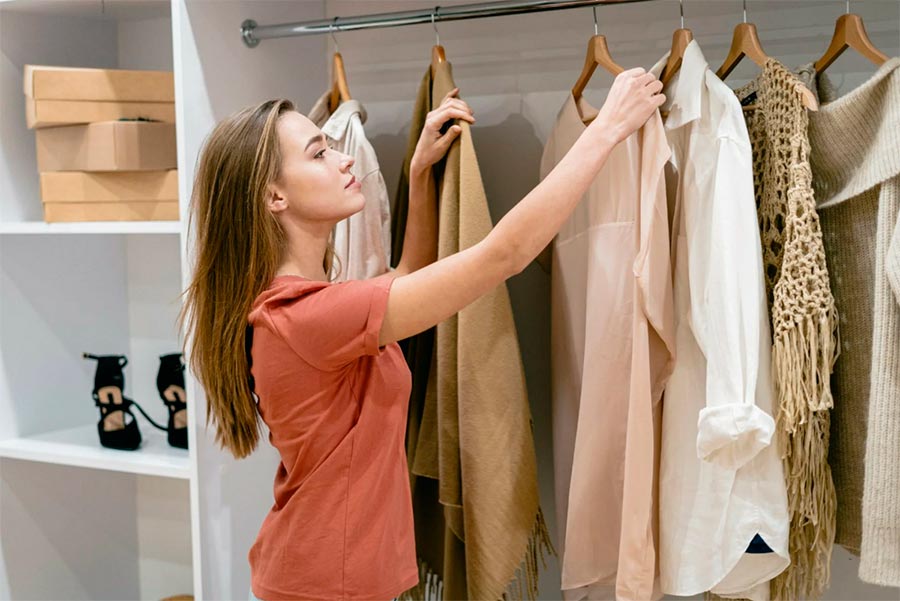
Research your local market, there are a lot of small local brands popping up now, some of them are focused on sustainability because the market is changing. You know that eco-leather is not an environmentally friendly material at all. A local brand with transparent production, good quality items and lower production volumes will be much more environmentally friendly than fast fashion. In things from local brands you will look much more interesting than in similar models from mass market brands.
Second hand and re-sale
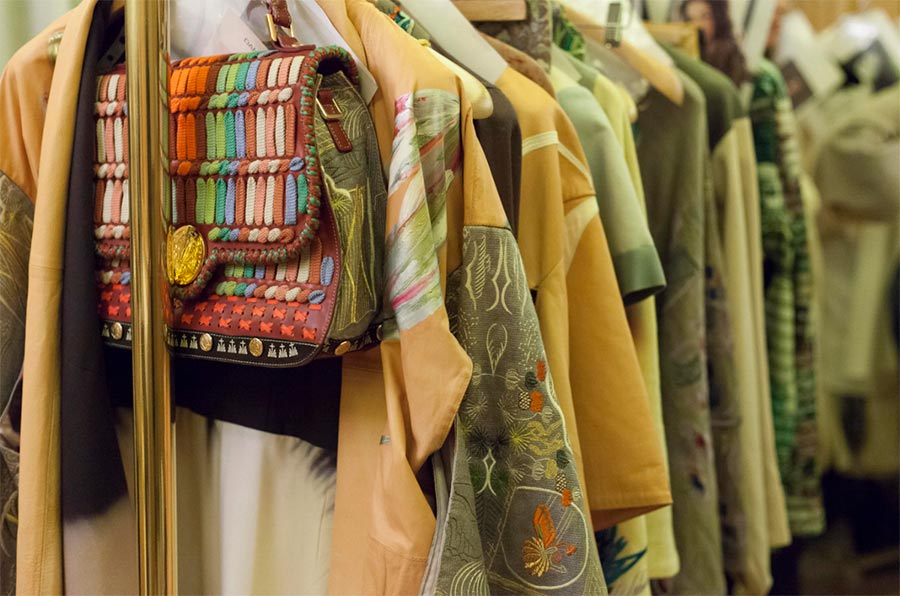
Over the past few years, people have become more fashion conscious. Stars are no longer ashamed to wear the same dress on the carpet. They can take out a dress from ten years ago and go out in it again. Or just wear the same outfit twice in a row. Previously, this could cost them their reputation, but now it’s cool.
Thanks to the trend towards environmental friendliness, sacond hands are becoming relevant again, there are more and more of them and the choice in them is getting better. Have a clothing swap party. Buy vintage pieces that are older than you are, but that you can trust a lot more than a polyester blazer from Zara or other brands.
These simple five steps will make your wardrobe greener, benefit the planet, your style and your budget, and make finding items a fun quest.
